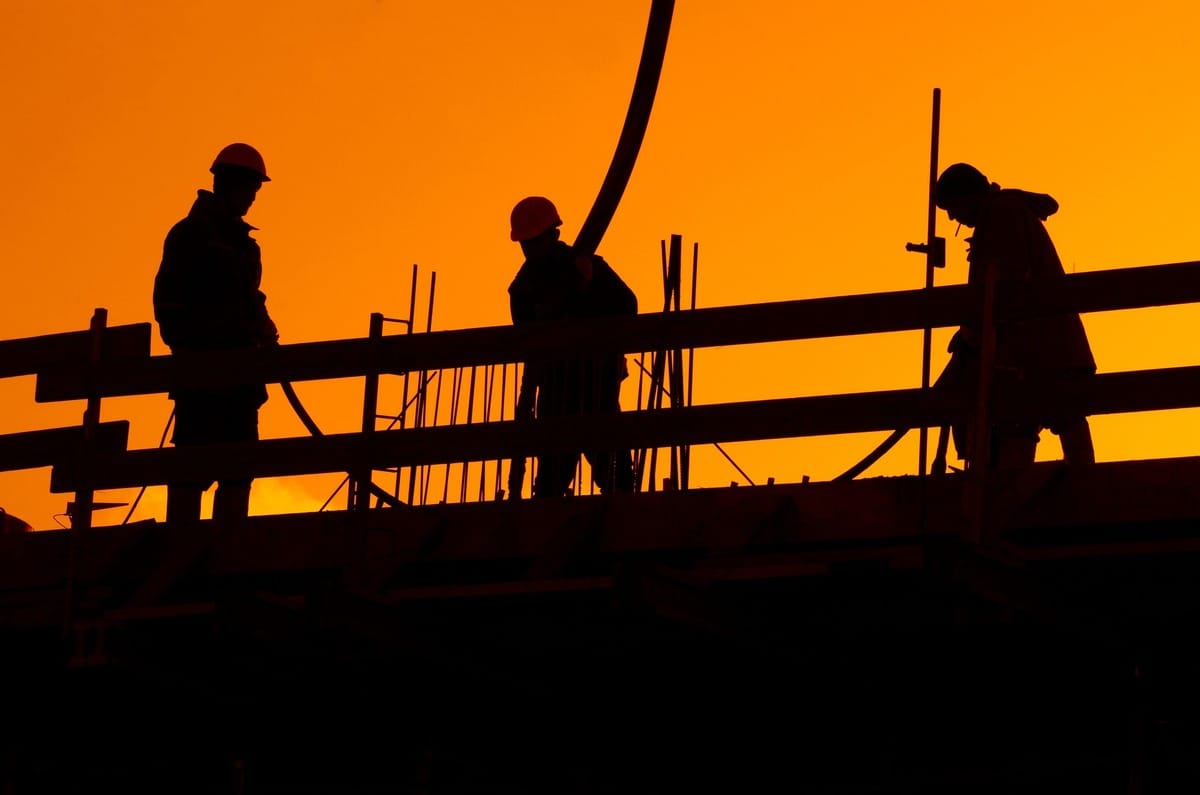- Full Brim Safety
- Posts
- The Unseen Drop - Understanding Fall Hazards
The Unseen Drop - Understanding Fall Hazards
Full Brim Safety: Build Smart, Build Safe

Headline The Unseen Drop - Understanding Fall Hazards
Welcome back, let's Build Smart & Build Safe! This week, we're focusing on the single deadliest hazard in construction: Falls. While we've discussed fall protection at times, this week we're taking a broader look at Fall Protection to understand the fundamental risks and the systems designed to keep you safe from any height.
Falls consistently rank as the leading cause of fatalities in construction. This makes understanding and proactively managing fall hazards paramount to our collective safety.
What is a "Fall Hazard"?
Simply put, a fall hazard exists whenever there's a risk of a worker falling to a lower level. This can include:
Unprotected edges of floors, roofs, or elevated platforms.
Openings in floors or walls.
Skylights.
Leading edges during construction (where the edge is still being formed).
Areas near excavations or shafts.
When is Fall Protection Required? The 6-Foot Rule.
Generally, OSHA requires fall protection for construction workers whenever they are working at 6 feet or more above a lower level. There are some industry-specific variations (e.g., steel erection, scaffolding, ladders), but the 6-foot rule is a good general guideline to always keep in mind.
Your Primary Protections: An Overview of Fall Protection Systems
Fall protection isn't a one-size-fits-all solution. There are different types of systems, each suited to different situations. We'll dive deeper into these throughout the week, but here's a brief overview:
Guardrail Systems: These are passive engineering controls – physical barriers (like handrails) that prevent you from reaching a fall hazard. They are often the preferred method because they protect everyone without requiring individual action.
Safety Net Systems: Another passive system, nets are installed below a work area to catch workers who fall, preventing them from hitting a lower level.
Personal Fall Arrest Systems (PFAS): These are active systems that stop a fall once it has occurred. A PFAS typically includes an Anchorage point, a Body harness, and a Connecting device (like a lanyard).
Warning Line Systems: Primarily used in roofing, these are ropes or chains set up at a specific distance from an unprotected edge to warn workers of the hazard. (Often used with other systems).
Remember the Hierarchy of Controls: We always prioritize eliminating the hazard or using engineering controls (like guardrails) over administrative controls or Personal Protective Equipment (like a PFAS). The goal is to prevent the fall from happening in the first place, or to eliminate the exposure.
Understanding where fall hazards exist and the types of systems available is your first step to staying safe at height. Tomorrow, we'll dive deep into the components of your Personal Fall Arrest System (PFAS) – the ABCs of your personal safety net.
Don't forget to sign your friends up for Full Brim Safety for your daily dose of construction safety tips!
-The Safety Man
